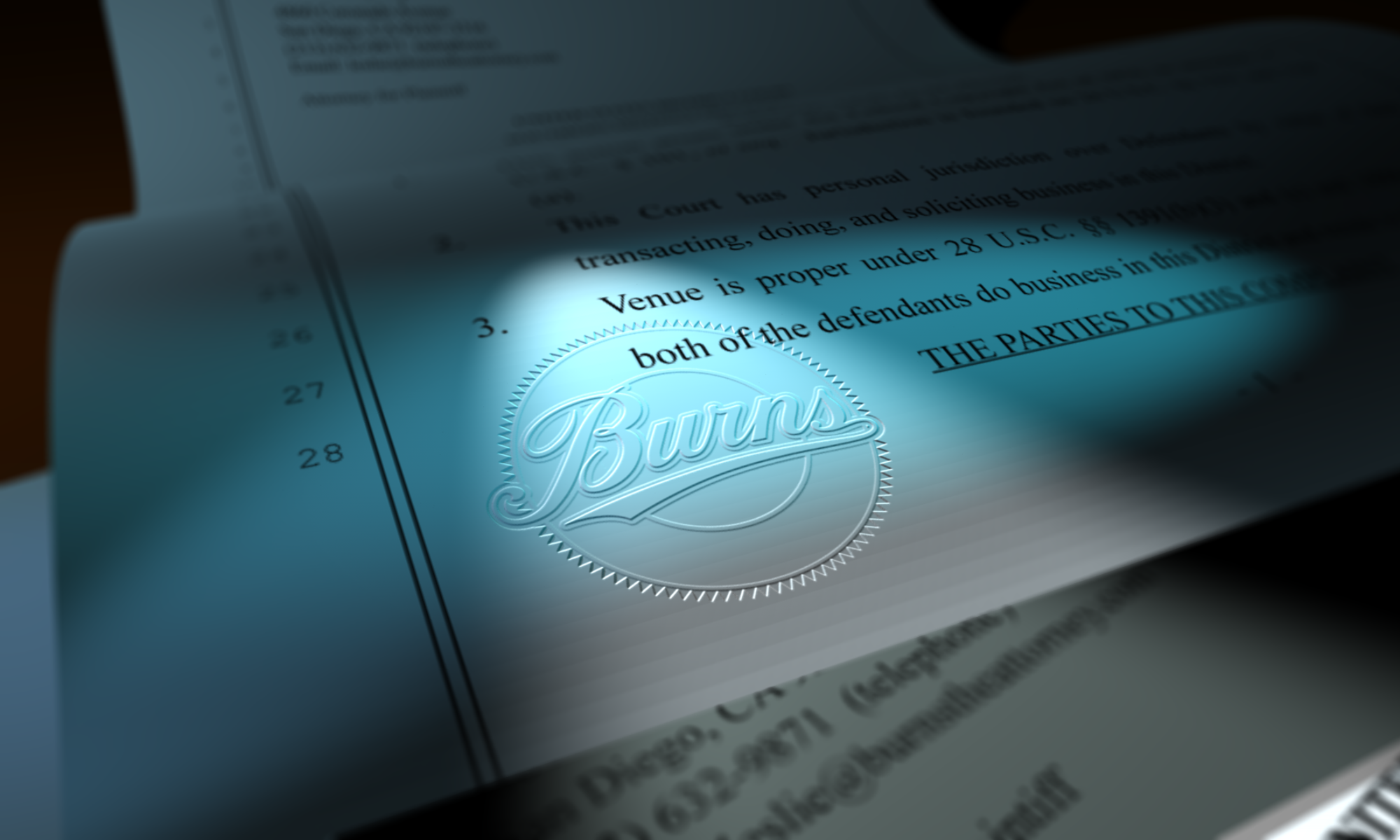I mentioned in a previous post about the new federal requirement to file a statement of information regarding the “beneficial owners” of an entity–that is, a corporation, partnership, LLC or, in some cases, even a sole proprietorship. Since my firm is a corporation (note the “Inc.” at the end of the name), I had to file one of these, too.
The good news is that is it pretty simple, especially for businesses that were in existence before January 1, 2024. It’s done online and is pretty straight forward. It’s also free. You just need to have some info ready ahead of time.
The bad news is that determining who you need to name on the form can be a little confusing.
If you want all the details, this guide (pdf) is helpful, but I explain the process for most creative businesses, below.
First, determine who needs to be included on the form. To do that, you need to ask yourself:
1. Who owns 25% or more of the company (be that stock/equity, profit interest/membership, whatever)?
2. Who has substantial control over the running of the company (all the major officers, for example)?
Anyone who fits either of those categories, or both, needs to be included.
Once you have the list of people to include, you need to get the following info for each person:
- Full Name
- Full Address
- Date of Birth
- Number, issuer, and expiration date for proof of identity (a US driver’s license or passport is best)–also, you need a scan of the document, saved (pdf, jpg, png) without spaces or weird characters in its name (I did “BurnsID.pdf” for mine, for example) and less than 4MB in size.
Now, you need to have the following information for the business entity itself:
- Legal Name (that includes its designation like Inc. or LLC–for mine it was “Burns the Attorney, Inc.” for example).
- Address
- State of Formation (where did you form your entity–likely your home state; but it may be DE for some of you, or NV, or anywhere, really)
- Tax ID (EIN or TIN) number.
Okay, now you’re ready to file your report. Here is a simplified step-by-step through the questions*:
(*I highly encourage you talking to an attorney or CPA for best advice before doing this–these steps are probably right for your creative business, but they may not be depending on some things–actual professional advice is best)
1. check “Initial report”
2. date (auto filled)
3. If you want to get issued a FinCEN ID number (especially, if you have employees or will some day): check “yes”
4. (skip)
5. Your entity’s full legal name
6. An alternate or dba name(s) you use, if any
7. What kind of Tax ID are you going to report (SSN, EIN?)
8. Your entity’s tax ID number–WITHOUT its hyphen(s)
9. (skip, unless you have a foreign company)
10. The place (usually the state) where you first formed your entity
11-15. Current US address for the entity
16. If your entity was in existence BEFORE Jan 1, 2024, check yes.
17. (skip)
18-34. Skip if your entity was in existence before January 1, 2024.
35. Skip unless you are reporting a minor child owner.
36. Skip (Unless you already have a FinCenID but I doubt you do)
37. Skip (you’re not exempt)
38. Beneficial Owner #1’s Last Name
39. Their First Name
40. Their Middle name (if they have one)
41. Their name’s suffix, if they have one (like “Jr.”)
42. Their Date of Birth: MM/DD/YYYY format
43-47. Their address.
48. The kind of document they are using to prove ID
49. The number from that doc (for example, DL number)
50. ID doc jurisdiction (country for passport, state for DL)
51. Attach the scan of the document you are using for ID.
That’s it, if you are the only owner! If not, you can add another owner in exactly the same way.
When you are done, make sure to download a copy of the submission (there’s a button saying “download transcript” for that. Your CPA and/or attorney will likely want copies for their files, but you for sure should hold onto a copy in a safe place with all your other super important business records.
Now, if you don’t ever move or add or remove owners from your business, you won’t have to file again. If you do, you will have to file an update within 30 calendar days of that change.
Assuming your business was in existence before 2024, you have until the end of the year to do this but, unless you are planning big changes in 2024, there is no reason to wait. You can do it sooner and get it off your list. Good luck!
